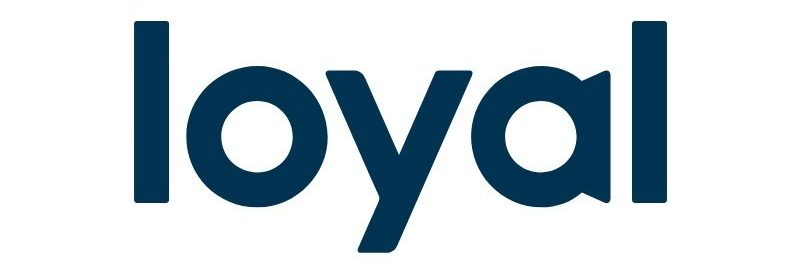Provider Data Management: The Foundation for a Supercharged Marketing Strategy
A new eHealthcare Strategy & Trends webinar for healthcare marketers and strategists
Presented September 12, 2024
This webinar is free for members of eHealthcare Strategy & Trends
Not a member yet?
Start your trial membership.
Sign up for a free 7-day trial
to watch this webinar
and download the slides
now.
Plus, get access to all member resources.
Already a member?
Log in to watch.
Your Presenters:
Stephanie Scotto, MHA, Senior Manager, Web Operations at VillageMD, Summit Health, CityMD
Rachelle Montano, MS, RD, MBA, Vice President, Clinical Strategy at Loyal

Sponsored by

This event is free to attend thanks to our sponsor.
Healthcare systems require the right foundational tools for managing the complex data about their numerous locations, providers, and insurance carriers, so patients can get seamless, unified, and consistent results across their digital healthcare journey.
Learn how Summit Health brought all its provider data into one platform, enriched it with clinical taxonomy, and now has the solid foundation and structure to easily and quickly keep it up to date. This has enabled the Summit Health team to give patients a better experience and achieve specific business goals.
Watch this webinar to discover how Summit Health improved provider data management and how it enables more patients to find and access care — and how you can too.
You’ll learn:
- Why having all provider data in a single, unified platform, is the key to a powerful marketing strategy
- How clinical taxonomy can enhance and connect patients to the most appropriate care provider
- Best practice takeaways from Summit Health for other health systems considering leveling-up their provider data management tools to achieve business objectives.
Your Presenters
Stephanie Scotto MHA is Senior Manager, Web Operations at VillageMD, Summit Health, CityMD
Stephanie is a seasoned expert in digital operations and marketing technology. Currently serving as Senior Manager of Web Operations at VillageMD, Summit Health, and CityMD, Stephanie has leveraged her extensive background in ecommerce, particularly within the fashion industry, to drive excellence in the healthcare sector.
Stephanie began her career in ecommerce, where she honed her skills in managing website content and optimizing user journeys. Her passion for healthcare led her to transition into this field in 2017, prompting her to earn a Master’s in Health Administration from New York University in 2022. This academic achievement underscored her commitment to enhancing digital experiences within the healthcare industry.
In her current role, Stephanie excels in leading a team of tactical web producers, collaborating with senior leadership to develop and execute digital strategies. Her dedication to process improvement, best practices, and the creation of valuable online experiences is evident in her strategic oversight of SummitHealth.com, CityMD.com, and VillageMD.com.

Rachelle Montano, MS, RD, MBA is Vice President, Clinical Strategy at Loyal Health
Rachelle is an experienced digital and healthcare industry executive. She has over 25 years of experience developing and implementing successful digital strategies for organizations to successfully connect and engage with consumers, customers and patients. She oversees strategy and development of the clinical taxonomy driving Loyal’s data management solution. She’s a judge for the Healthcare Internet Hall of Fame Award, the John A. Eudes Vision & Excellence Award and the eHealthcare Leadership Awards. Rachelle started her career as a clinical dietitian in a healthcare system, then went on to obtain her MBA in pursuit of doing more to help healthcare providers and systems offer a better experience to their patients.

Do you have valuable content that you'd like to get in front of decision makers at hospitals, health systems, and physician groups?

